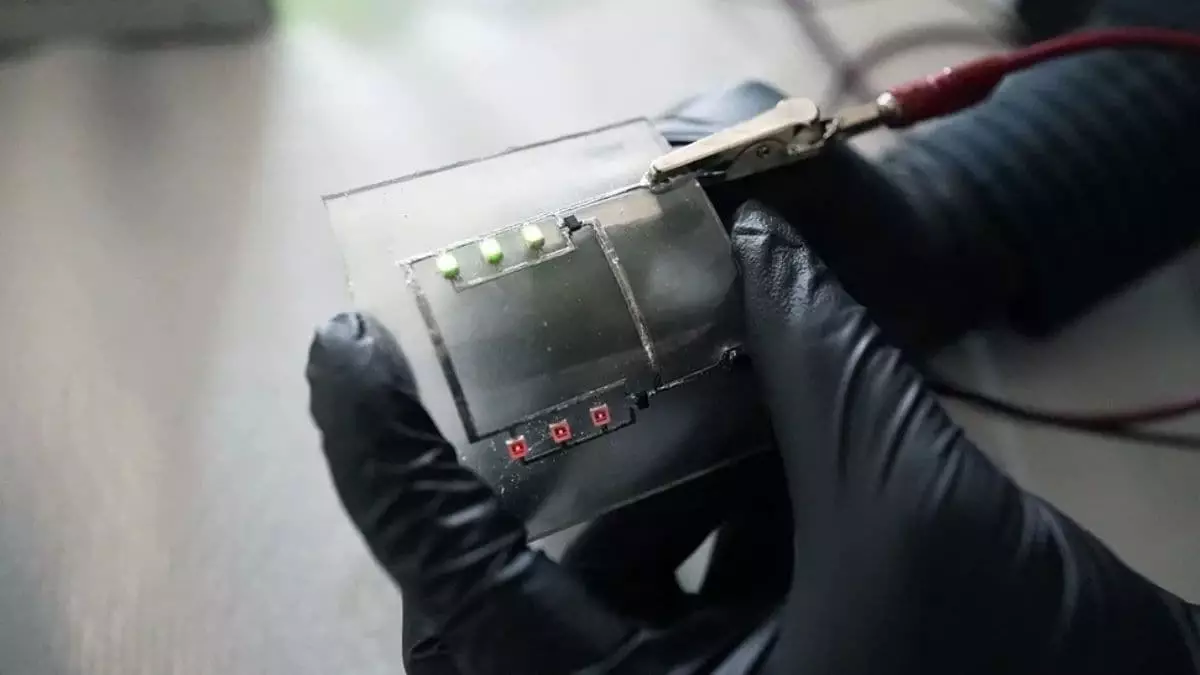The advent of self-healing circuit boards suggests a transformative shift in consumer electronics—one that could mitigate the relentless surge of electronic waste and enhance device longevity. While the innovation is undeniably impressive, promising extraordinary resilience and ease of recyclability, it also invites a cautious examination of its practical implications. This new technology, infused with liquid metal and built on the vitrimer polymer, hints at an environmentally conscious future, but it remains to be seen whether this promise can be fully realized beyond the laboratory setting.
Redefining Repairability in a Wasteful Industry
Traditional circuit boards are symptomatic of an unsustainable cycle—fragile, single-use, and largely non-recyclable. The vitrimer-based design offers a compelling alternative, blending strength with flexibility and enabling heat-induced reshaping and repair. This innovation challenges the mindset that electronics are inherently disposable. From an environmental perspective, enabling circuits to return to their original configuration after damage could profoundly reduce e-waste and resource extraction. Yet, while the science supports a cleaner, circular economy, the practical transition hinges on manufacturing scale, cost-effectiveness, and consumer acceptance—factors that often lag behind technological breakthroughs.
From Laboratory to Reality: Challenges We Must Confront
Despite its promise, the transition from experimental prototypes to mass-market adoption faces hurdles. The new composite relies on just 5% liquid metal droplets—an intriguing and efficient innovation, but one that requires rigorous testing in real-world conditions. Durability under long-term wear, resistance to environmental factors, and the complexity of recycling processes must be addressed before this technology becomes mainstream. Moreover, the current focus on metals like gold in circuit recycling oversimplifies the broader challenge: recovering a mixture of valuable and hazardous materials in an economically viable way. The concept of reshaping damaged boards is exciting, but the economic and logistical costs involved remain uncertain.
A Critical Perspective on the Environmental Efficacy
While the environmental benefits of such innovations are celebrated in academic circles, skepticism persists. Relying on heat to repair or reshape electronics may seem effective on paper, yet it risks encouraging a throwaway mentality—where consumers might believe their devices can be indefinitely repaired without considering the complexity of actual repairs or replacements. Additionally, the widespread adoption of such technology requires a systemic overhaul of manufacturing processes and supply chains, which often prioritize cost-cutting over environmental impact. Still, the development signals a necessary step forward, especially when seen through the lens of responsible innovation—one that seeks societal benefit while acknowledging current limitations.
Self-healing circuit boards represent a remarkable stride toward more sustainable electronics. However, their success depends not only on scientific ingenuity but also on the political will to implement regulations fostering recycling standards, the willingness of manufacturers to adopt greener practices, and consumers to embrace longer-lasting devices. This innovation, while promising, must be scrutinized through a pragmatic lens—balancing optimism with realism in the pursuit of truly sustainable technological progress.


Leave a Reply